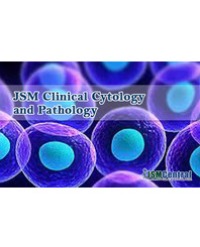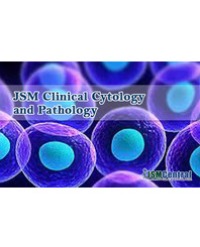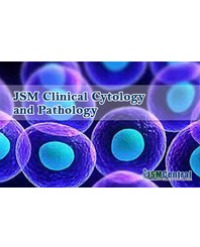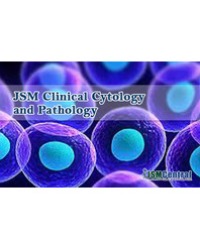
Formulation and Evaluation of Anti-Dermatophyte Creams from Ethanol Extract of Acalypha wilkesiana Leaves
Dermatophytosis infections are caused by dermatophytes. Drug resistance and toxicity associated with long-term treatment with conventional antifungal drugs has necessitated search for new drugs to treat fungal infections. Natural products found in plants have been scientifically proved to avoid these side effects. The aim of this study was to formulate herbal antifungal cream containing extract of Acalypha wilkesiana as an anti-dermatophytic preparation and evaluate its physicochemical properties, stability and efficacy of the product. The formulated creams containing 0.5, 1 and 2% w/w of extract were subjected to stability tests using temperature variation method at -10, 4, 30, 37 and 45oC. Freeze-thaw test, Centrifuge test, pH and exposure to UV light test were also carried out using standard method. Efficacies of the cream formulations were determined using albino rats
The percentage yield of the extract was (10.2%). Percentage ethanol phytochemical composition indicated that for Alkaloid it is 4.58 ± 0.01%, saponins (3.10 ± 0.23%), flavonoids (1.61 ± 0.04%) and tannins (0.81 ± 0.02%).The antifungal results are in the increasing order Microsporum audounii = Epidermophyton floccosum < M.furfur < Trichophyton mentagrophtes. Temperature stability tests carried out indicated that the cream was very stable. Centrifuge testing indicated that there was no separation of the cream. Light testing indicated no change in the colour and odour of the products. There was no change observed in all the test samples during the freeze-thaw testing. Animal studies evaluation of the ethanolic formulations of the cream indicated that their efficacy against the dermatophytes is concentration dependent and the efficacy is in the increasing order M.audounii < E.floccosum < M.furfur < T.mentagrophyte which shows that 2% Acalypha wilkesiana cream was statistically significant (P<0.05) against all the test microorganisms.
Fawehinmi AB¹ and Oyedeji FO²*




